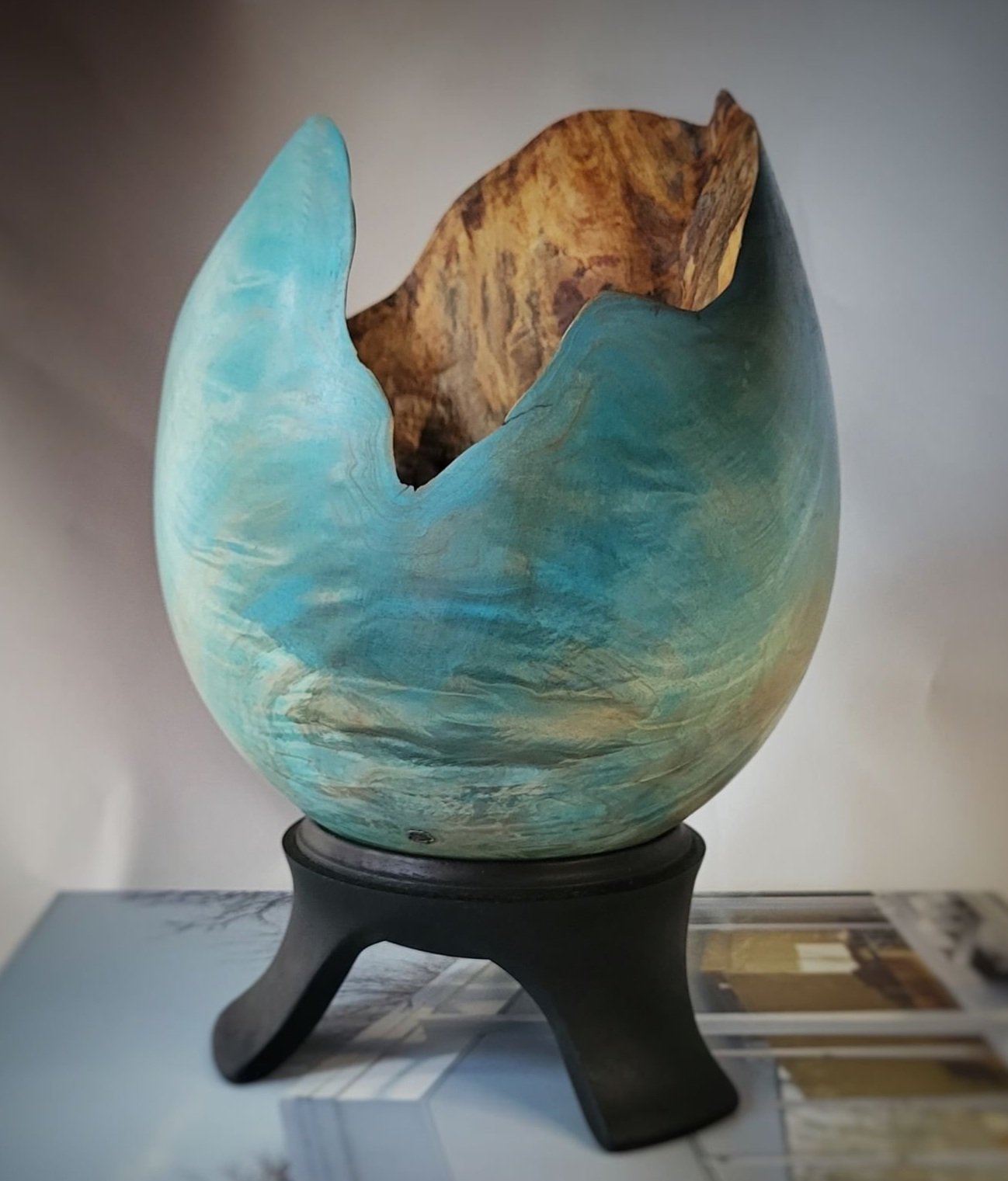The Timeless Elegance of The Golden Ratio
Symmetry is often believed to appeal to visual satisfaction. We find symmetry in everyday life, from the shape of our smart phone, to brand logos, art, architecture, furniture and everyday items like clothing and handbags.
The Grayhill Woodworking logo embodies the golden ratio, enhanced with an additional feature to represent not only our name but our commitment to both tradition and innovation.
The Golden Ratio: 1.618
Grayhill Woodworking Logo
What is the Golden Ratio?
The golden ratio, approximately 1.618, has fascinated mathematicians and artists for centuries. Throughout the ages, this unique ratio is known by several names, each highlighting its profound impact across various fields including: “The Golden Ratio”, “divine proportion” or the “extreme and mean ratio” represented as the Greek letter Phi.
It's also closely associated with the Fibonacci sequence, a series of numbers where each number is the sum of the two numbers before it. The Greeks developed the golden ratio from the Fibonacci sequence to better express the difference between any two numbers in the sequence.
The golden ratio can be found when a line is divided into two parts, and the ratio of the whole length to the long part is equal to the ratio of the long part to the short part. It's also the ratio of a regular pentagon diagonal to its side, and is used in the construction of the dodecahedron and icosahedron.
Why is 1.618 So Important?
The golden ratio, or 1 to 1.618, is a cornerstone in mathematics due to its unique properties. In art and design, this ratio is celebrated for its aesthetic appeal, bringing beauty, balance, and harmony to compositions. Its application can elevate ordinary works to extraordinary levels of visual satisfaction.
Why is the Golden Ratio So Beautiful?
The allure of the golden ratio lies in its harmonious proportions, which are often perceived as more aesthetically pleasing. Some theories suggest that our brains process these proportions more efficiently, resulting in a sense of visual satisfaction. This universal standard of beauty can be found not only in human faces but in artwork, architecture, and other natural forms.
The golden ratio, or phi (1.618), manifests in a myriad of natural and man-made structures. It appears in the spirals of shells, the patterns of leaves, the petals of flowers, and the proportions of animals. This ratio is one of the oldest and strongest connections between mathematics and creativity, demonstrating the universal applicability of this timeless principle.
Let's explore some famous examples of its application:
Art:
Leonardo da Vinci's "Vitruvian Man": This iconic drawing illustrates the ideal human body proportions, many of which align with the golden ratio.
Source: https://artincontext.org/the-vitruvian-man-da-vinci
Architecture:
“The Taj Mahal is an iconic symbol of love and architectural brilliance. It resonates with the Golden Ratio in its design, reflecting a perfect amalgamation of beauty and mathematical precision.” ~Ar. Kiran Rathi,
Quote Source: https://thearchitectsdiary.com/golden-ratio-in-architecture-crafting-beauty-in-proportions/
Nature:
Nautilus Shells: The spiral of the nautilus shell grows in a logarithmic spiral that approximates the golden ratio, exemplifying natural beauty and efficiency.
These examples highlight how the golden ratio can transform ordinary works into extraordinary masterpieces, whether they are human-made or naturally occurring. Its unique properties create an intrinsic sense of beauty and balance, making it a timeless principle in various fields.
Design:
Twitter's Logo: The circles used in the construction of the bird logo are based on the golden ratio, making it visually harmonious and easily recognizable.
Home Decor:
Home Decor and Furniture Design: Many pieces of furniture, such as tables and chairs, use the golden ratio to achieve balanced and appealing proportions.
Art and Picture Frames:
The dimensions of picture frames often follow the golden ratio, enhancing the visual impact of the framed artwork or photographs.
The golden ratio can transform everyday items into aesthetically pleasing and functional designs, demonstrating its timeless appeal and practical application.
Fibonacci and the Golden Ratio
The brilliant proportion of the golden ratio is closely connected to the Fibonacci sequence, a series where each number is the sum of the two preceding ones. Dividing a Fibonacci number by its predecessor yields a quotient that approximates phi (1.618). As the sequence progresses, this quotient converges on the golden ratio, highlighting the intrinsic connection between mathematics and the natural world.
Throughout history, countless artists, architects and mathematicians have been inspired by the golden ratio.
At Grayhill Woodworking, I embrace the timeless elegance of the golden ratio. Ensuring each piece I craft is not only unique but also resonates with the harmony and balance that this ancient principle embodies. By incorporating the golden ratio into my designs, I offer you more than just a piece of home decor—I provide an experience of luxury and timeless beauty.








